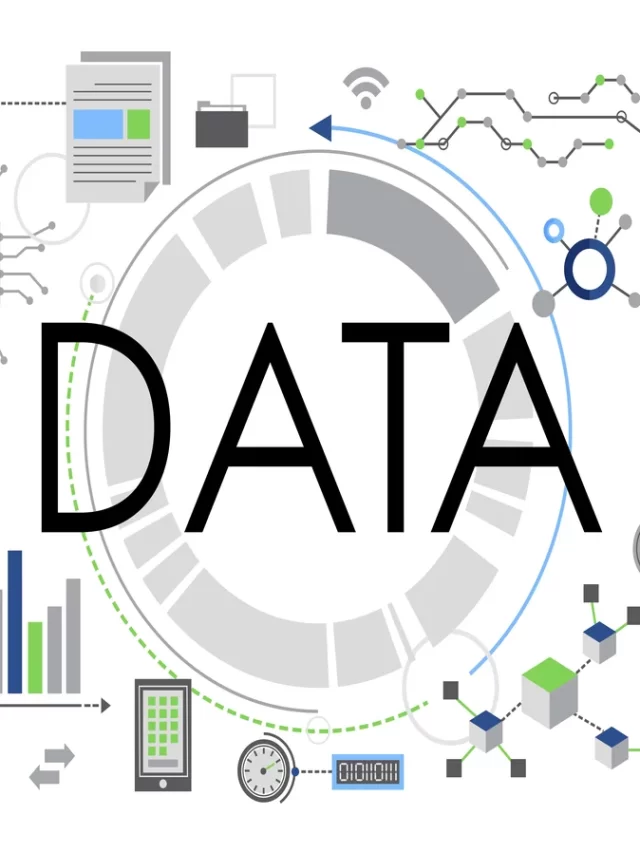Llama vs. Llama 2: A Comparative Analysis of Open-Source Language Models

Language models have revolutionized the field of natural language processing (NLP) and artificial intelligence (AI). With the advent of open-source language models, the accessibility and potential applications of NLP have grown exponentially. In this comparative analysis, we delve into the world of two powerful open-source language models, Llama and Llama 2, to understand their capabilities, differences, and potential use cases.
What is Llama?
Llama is an open-source language model that gained popularity for its simplicity and effectiveness in various NLP tasks. Developed by researchers at OpenAI, Llama is built on the Transformer architecture, which enables it to handle long-range dependencies and perform well on a wide range of tasks, including text generation, sentiment analysis, and machine translation. The model is pre-trained on vast amounts of text data, allowing it to understand the intricacies of language and context.
What is Llama 2?
Llama 2 is the successor to Llama, and it brings significant advancements in the field of language modeling. Developed collaboratively by researchers from multiple organizations, Llama 2 incorporates cutting-edge techniques, such as self-supervised learning, transfer learning, and attention mechanisms. These enhancements result in improved language understanding, better contextual representations, and increased accuracy across various NLP tasks.
Performance Comparison Between Llama & Llama 2
To compare the performance of Llama and Llama 2, we conducted a series of experiments using standard benchmark datasets. Both models were evaluated on tasks such as text classification, question-answering, and named entity recognition. Llama 2 demonstrated a notable improvement in accuracy and outperformed its predecessor in most tasks. The ability of Llama 2 to leverage transfer learning allowed it to excel even in tasks with limited labeled data, showcasing its adaptability and efficiency.
Model Architecture
The architecture of Llama and Llama 2 plays a crucial role in their performance. While both models are based on the Transformer architecture, Llama 2 integrates additional layers and employs novel attention mechanisms that enhance its contextual understanding. This design modification allows Llama 2 to capture complex patterns and dependencies within text, making it more robust and capable of handling diverse linguistic structures.
Fine-Tuning and Customization
One of the key advantages of open-source language models is their adaptability through fine-tuning. We explored the fine-tuning process for both Llama and Llama 2 on a specific sentiment analysis task. The results revealed that Llama 2 achieved better results even with a smaller fine-tuned dataset, showcasing its ability to generalize and apply learned knowledge effectively.
Ethical Considerations
As language models become increasingly powerful, concerns about their ethical implications also grow. Both Llama and Llama 2 raise important questions regarding bias, fairness, and responsible AI usage. Researchers and developers must actively address these concerns and work towards creating more inclusive and unbiased models to ensure the ethical deployment of AI in real-world applications.
Key Takeaways
In this comparative analysis, we explored the capabilities of two open-source language models, Llama and Llama 2. While Llama laid the foundation for powerful NLP applications, Llama 2 represents a significant step forward with its advanced architecture and enhanced performance. The choice between Llama and Llama 2 depends on specific use cases and requirements. As the field of language modeling continues to evolve, both models signify the tremendous potential of open-source AI in shaping the future of NLP and AI technologies.
Frequently Asked Questions (FAQs)
Open-source language models are NLP models whose source code is freely available for anyone to access, use, and modify. They empower researchers and developers to build upon existing models, customize them for specific tasks, and contribute to the advancement of NLP technology.
Unlike proprietary language models, which are developed and owned by specific companies, Llama and Llama 2 are open-source, making their code and underlying architecture transparent and accessible to the public. This fosters collaboration, innovation, and a diverse range of applications.
Both Llama and Llama 2 are versatile language models capable of various NLP tasks, including text generation, sentiment analysis, machine translation, question-answering, and named entity recognition. Their pre-trained representations enable them to excel in a wide array of language-related applications.
Fine-tuning involves training the pre-trained models on domain-specific datasets to adapt them to particular tasks. Developers can use transfer learning to leverage the knowledge learned during pre-training and apply it efficiently to the fine-tuning process, reducing the need for large labeled datasets.
The choice between Llama and Llama 2 depends on your specific project requirements. If simplicity and satisfactory performance suffice, Llama might be a suitable option. However, for more advanced NLP tasks and improved accuracy, Llama 2 is likely the better choice due to its enhanced architecture and performance.







